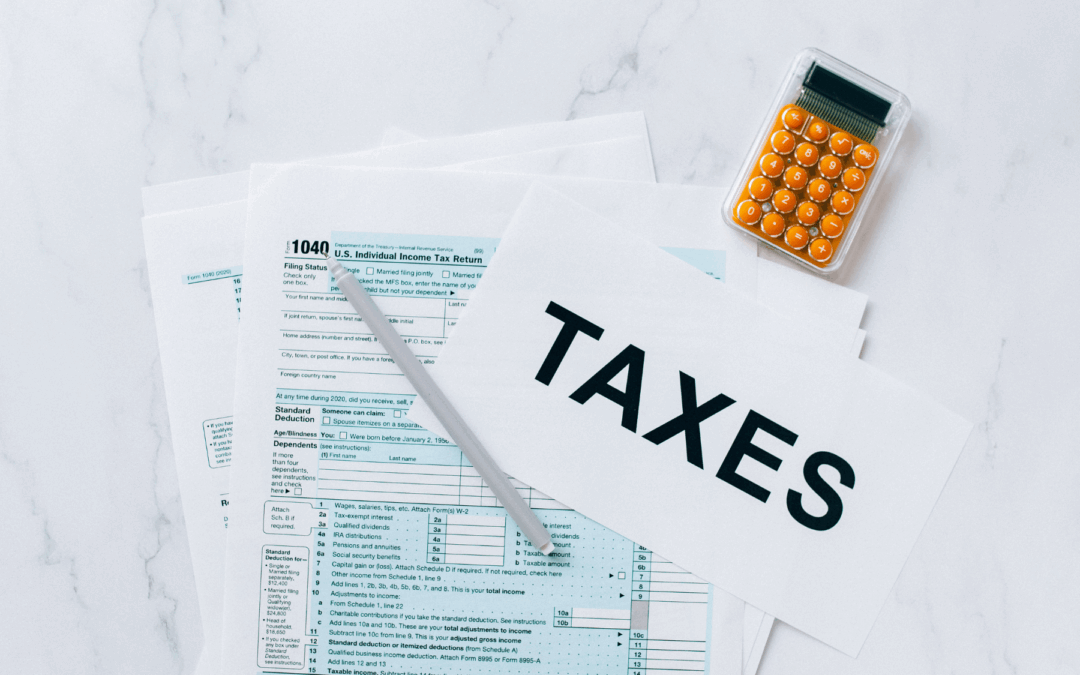It can be a shock to see a large balance due after you prepare your tax return! If you or someone you care about is facing this scary situation, here are three things to do immediately.
First, file your tax return. Filing your return on time will avoid the expensive “failure to file” penalty that can be as high as 25% of the tax due. Filing is also a prerequisite for most collection alternatives, including a payment plan or an offer in compromise. Finally, filing starts the clock on IRS statutes of limitations, including the 3-year audit period and the 10-year collections period.
Second, adjust your payroll withholdings. Income taxes must be paid throughout the tax year. Most taxpayers are wage-earners, so their employers withhold federal income taxes from their regular paycheck. Self-employed taxpayers generally make quarterly estimated tax payments based on their income from the preceding quarter, or a safe harbor schedule provided by their tax preparer. In any case, compliance with current-year tax payments is a prerequisite for most collection alternatives and is the best way to prevent a recurring tax problem.
Third, watch for IRS notices. When a return is filed with a balance due, IRS will mail at least three letters to the taxpayer. These letters contain important information on how to make payments, request a payment plan, or request a hearing with IRS appeals. The third letter is usually a final notice of intent to levy — this letter gives the taxpayer the right to request a collection due process hearing that will suspend collections activity until the taxpayer has an opportunity to negotiate a collection alternative with an IRS appeals officer. If a hearing is not requested, IRS has the right to begin levying bank accounts or garnishing wages to collect the tax.
